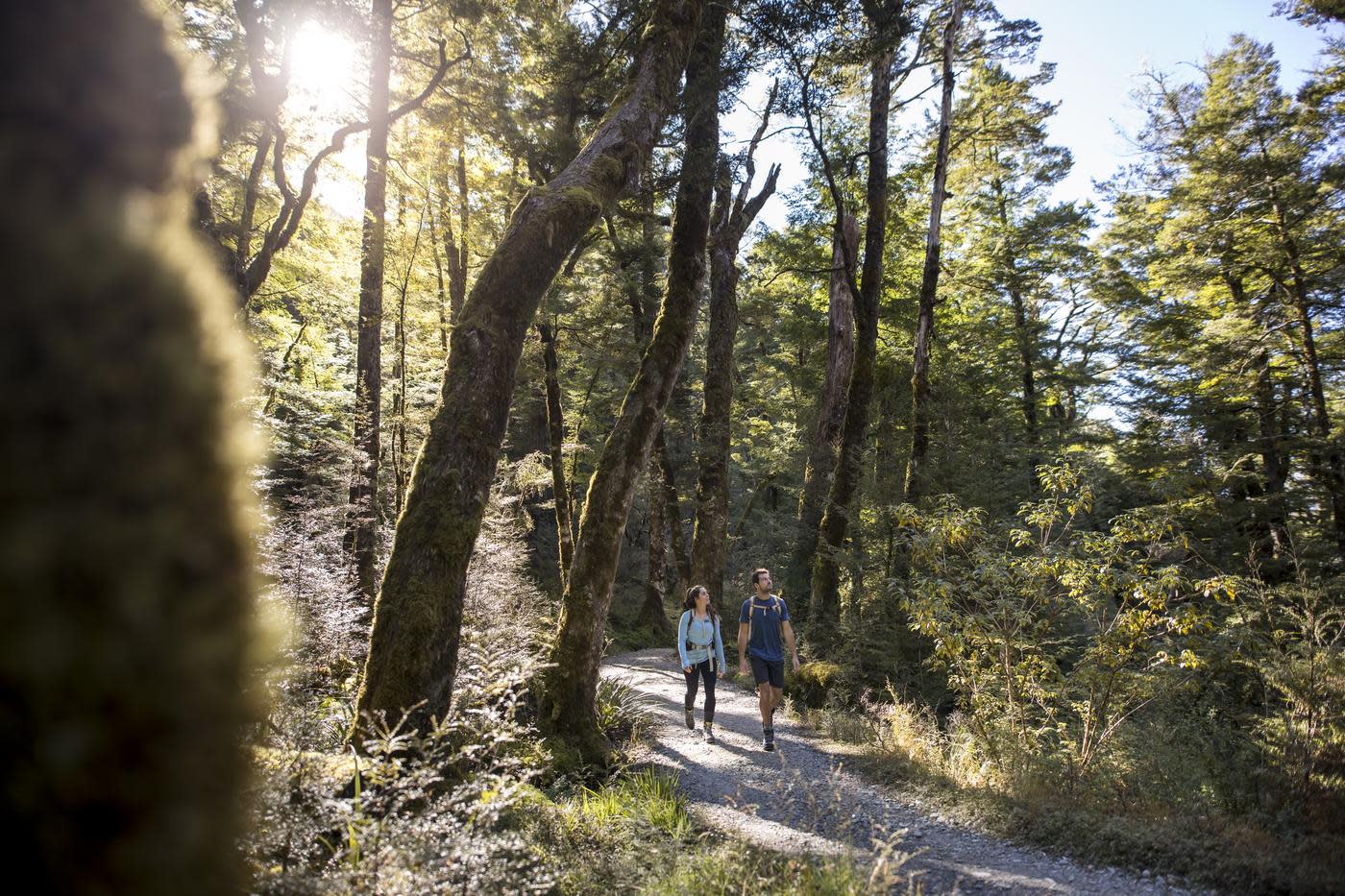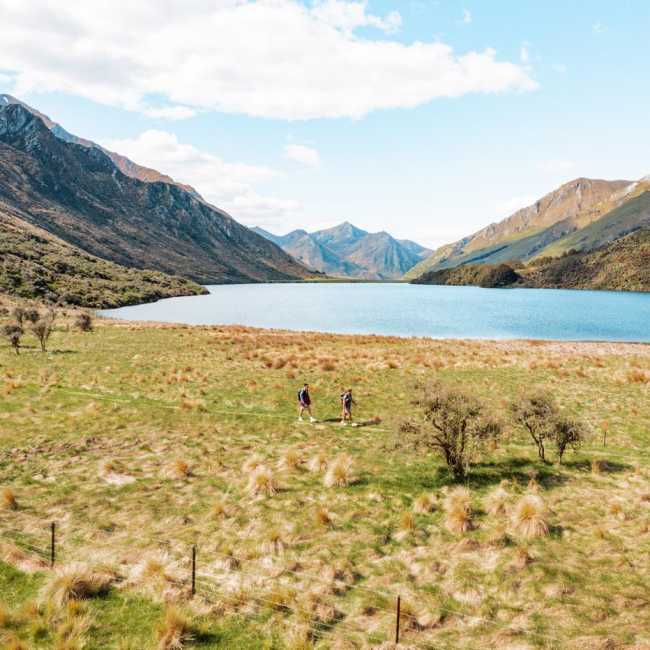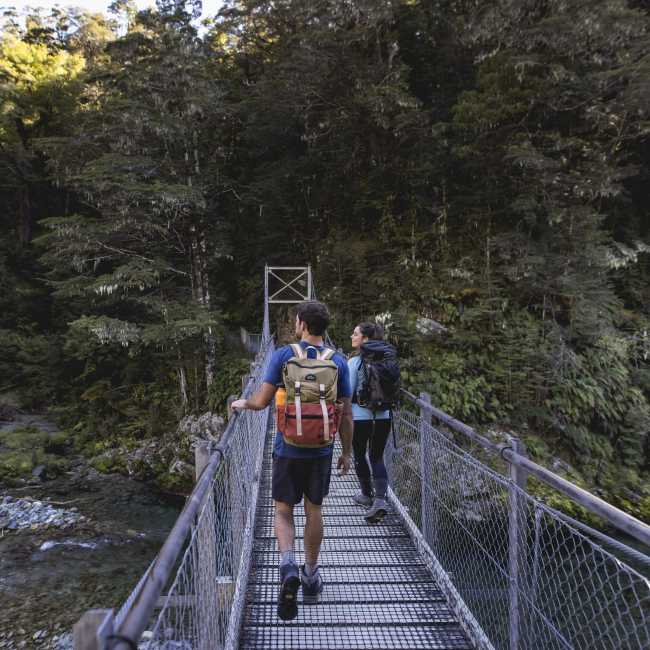- Plan
- Getting Here & Around
- Queenstown Airport
- Travel Information
- Maps & Visitor Guide
- Seasons & Weather
- Autumn in Queenstown
- Winter in Queenstown
- Spring in Queenstown
- Summer in Queenstown
- Weather & Forecast
- Surrounding Region
- Arrowtown, New Zealand
- See & Do in Arrowtown
- Stay in Arrowtown
- Eat & Drink in Arrowtown
- Shopping in Arrowtown
- Gibbston, New Zealand
- Glenorchy, New Zealand
- Things to Do in Glenorchy
- Stay in Glenorchy
- Eat & Drink in Glenorchy
- Kingston, New Zealand
- Stay in Kingston
- See & Do in Kingston
- Fiordland, New Zealand
- See & Do in Fiordland
- Wanaka, New Zealand
- Central Otago, New Zealand
- Itineraries
- What to Pack
- Travel Tips
- Regenerative Travel
- Services
- Visitor Services
- Information Centres
- Transport Services
- Coach & Bus Services
- Rental Cars
- Taxis & Shuttles
- Limousines & Luxury Transport
- Campervans & Motorhomes
- Wellness & Beauty
- Event Services
- AV & Equipment Hire
- Event Management
- Catering
- Team Building
- Bands & Entertainment
- Business & Professional Services
- Accountants & Law Firms
- Employment Agencies
- Creative Services
- Real Estate
- Print Services
- Local Services
- Study
- Accessibility
- Accessible Activities
- Accessible Accommodation
- Accessible Eateries
- Weddings
- Things To Do
- Adventure
- Air Adventures
- Bungy, Swing & Zip
- Land Adventures
- Water Adventures
- Jet Boating
- Indoor Thrills
- Biking
- Culture & Heritage
- Events
- Submit an Event
- Family Fun
- Golf
- Nightlife
- Outdoor Activities
- Fishing & Hunting
- Mountaineering & Climbing
- Nature & Wildlife
- Skiing & Snowboarding
- Walking & Hiking
- Guided Walks & Hikes
- Hiking Equipment Hire
- Track Transport
- Short Walks in Queenstown
- Day Walks & Hikes in Queenstown
- Water Sports
- Shopping
- Sightseeing
- Scenic Cruises
- Scenic Flights
- Airplane Flights
- Helicopter Flights
- Hot Air Ballooning
- Scenic Tours
- Off Road Tours
- City & Region Tours
- Quad Biking & Buggy Tours
- Farm Tours
- Horse Riding
- Motorcycle Tours
- Scenic Attractions
- Movie Location Tours
- Skiing & Snowboarding
- Walking & Hiking
- Wellness & Beauty
- Spa & Massage
- Yoga
- Hot Pools
- Gyms & Pilates
- Hair, Makeup & Beauty
- Physiotherapy
- Wineries & Breweries
- Stay
- Backpackers & Hostels
- Bed & Breakfasts
- Holiday Parks & Camping Grounds
- Holiday Rentals
- Hotels & Resorts
- Lodges & Retreats
- Motels
- Serviced Apartments
If you’re planning to explore the outdoors surrounding Queenstown, make sure you're prepared before you go.
Many of the tracks in and around Queenstown take you into rugged, alpine environments and remote areas that require experience and appropriate equipment. To make sure you stay safe, ensure you're familiar with the Land Safety Code.
Let someone know where you are going, and when you'll be back. Ensure they know to dial 111 if you haven't returned by that time. The New Zealand Mountain Safety Council's online Plan My Walk tool allows you to build and share your hiking plans with track alerts, weather forecasts and handy gear lists.
A Personal Locator Beacon (PLB) is recommended for anyone heading outdoors - it can summon help to your location in a life-threatening situation. PLBs are readily available for hire in Queenstown, learn more.
The New Zealand Land Safety Code
1. Choose the right trip for you
Learn about the route and make sure you have the skills for it.
It's important to choose a trip that suits you and everyone in your group. When you are looking at the options, make sure you think about everyone's fitness levels and experience in the outdoors.
Things to consider are:
- How long will it take to complete your trip?
- How hard is the trip and will everyone in the group be able to do it?
- Do you know what way to go? How well marked are the tracks?
- What's the landscape like?
- Can you still do the trip if the weather is bad, what would you need to do differently?
- Are there any river crossings? Can you recognise when a river is unsafe to cross?
- If the start and end of the track is in different locations, you'll need to plan how you get there and back to your car
- What clothing do you need and does everyone in the group have the appropriate gear?
2. Understand the weather
It can change fast. Check the forecast and change your plans if needed.
Weather is one of the most important things to consider when going into the outdoors.
The weather changes fast in New Zealand and you should be prepared for any weather - it can be sunny, rainy and windy all in one day! Bad weather (strong wind, rain or cold temperatures) can be very dangerous if you're caught out.
Before any trip, check the forecast at metservice.com. If there is bad weather forecasted, think carefully about whether your trip will be safe and consider adjusting or cancelling your plans.
When reading the forecast, think about how it will impact your trip. For example, heavy rain will cause river levels to rise and strong winds will make exposed ridges unsafe. Ensure you pack sunscreen, sunglasses, a sun hat and plenty of extra water in hot weather.
Make sure you have a backup plan. While on your trip, keep an eye on the weather and be prepared to turn back or change your route if needed.
 Routeburn Track
Routeburn Track
3. Pack warm clothes and extra food
Prepare for bad weather and an unexpected night out.
Any trip, even if it is short or easy, needs preparation. Packing the right things makes trips safer and more enjoyable.
If you are going on a short trip, always pack:
- A waterproof jacket
- Warm clothes
- A warm hat
- Gloves
- A torch
- A sun hat
- Sunscreen
- Some extra food and water
- A communications device (e.g. cellphone or PLB)
For a longer trip (e.g. an overnight trip or a long day walk), pack everything on the list above plus the following:
- An extra day’s worth of food and water
- A first aid kit
- An emergency shelter (e.g. tent, bivvy bag or a large pack liner)
- An emergency communications device (e.g. a distress beacon)
These things will help keep you safe if the weather turns bad, you have an accident, get lost or are delayed. Some outdoor equipment stores will hire clothing and equipment if you don’t have your own.
4. Share your plans and take ways to get help
Telling a trusted person your trip details and taking a distress beacon can save your life.
Trips may not always go to plan. It's important to consider how you would get help if you become lost or injured.
Any time you are going into the outdoors you should:
- Share your plans with someone you trust. Tell them where you are going and when you will be back. If they don’t hear from you by an agreed time, they should call 111 and ask for the police. There are lots of ways to share your plans such as PlanMyWalk.nz. You can also write down the information on paper for your trusted person, email them, text them, or use the Adventure Smart Outdoor Intentions form.
- Think about how you would call for help if you needed to. Cellphone reception can be patchy or sometimes non-existent, so consider taking a distress beacon.
- If you visit a Department of Conservation hut (even if you aren’t staying the night), fill in the Intentions Book.
 Hiking Ben Lomond
Hiking Ben Lomond
5. Take care of yourself and each other
Eat, drink, rest. Stick with your group and make decisions together.
The best way to enjoy your experience in the outdoors and make it home safely is to look out for one another.
- Stop regularly to eat, drink and rest.
- Discuss how everyone is feeling. If someone is struggling, don’t keep going – have a break and consider changing plans.
- Make decisions together. It's important that all group members agree to changes in the planned route or transport arrangements.
Groups splitting up is a common cause of search and rescue callouts. If someone in the group is slower, put them at the front or make sure you are walking at a pace that suits them. You should also stop and wait at every track junction/bridge to ensure you’re still all together. Don’t just walk on ahead and leave them to meet you at the end of the trip.
Related Stories
Your Guide to Queenstown Walks & Hikes
Whether you feel like a relaxing stroll or a multi-day trek into the backcountry, Queenstown has walking tracks for all ages and abilities. Here's...
Read More/ 5 Min Read
Hiking the Great Walks From Queenstown
Three of New Zealand’s celebrated Great Walks are accessible from Queenstown; the Routeburn, Milford Track and the Kepler. These Great Walks are New...
Read More/ 6 Min Read
Five Top Walks in Queenstown with Lake Views
Queenstown’s beautiful landscapes are on display from all angles on our hiking trails. If glistening lake views are your thing, it’s worth the effort...
Read More/ 3 Min Read
Routeburn Falls Hut Day Walk
If you only have a few hours instead of three days you can still experience one of New Zealand’s great walks, beech forest and stunning mountain...
Read More/ 1 Min Read




